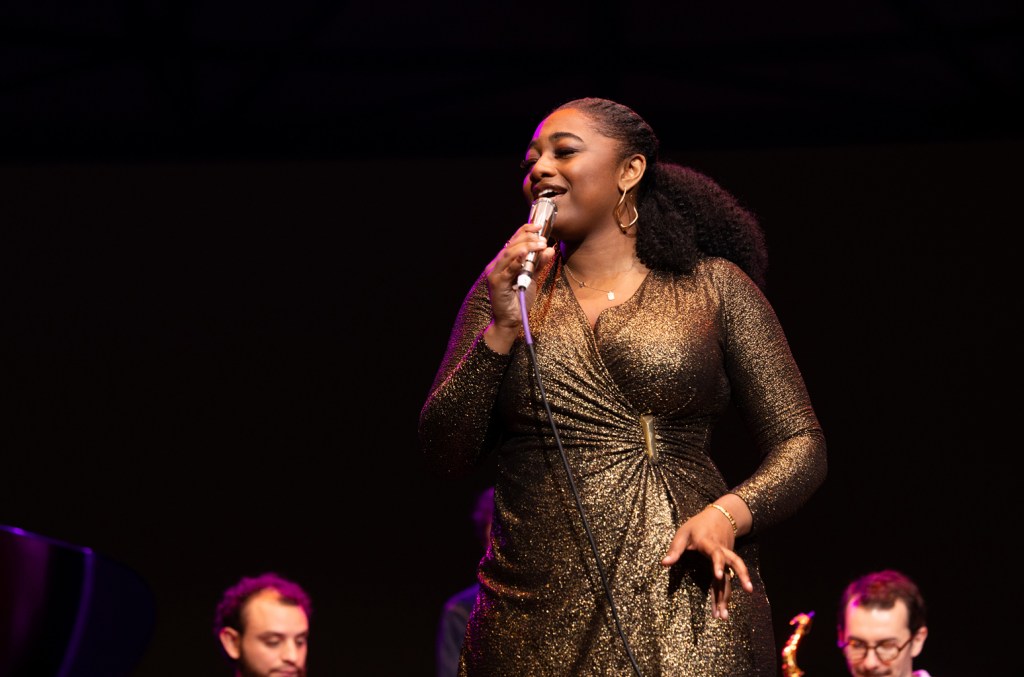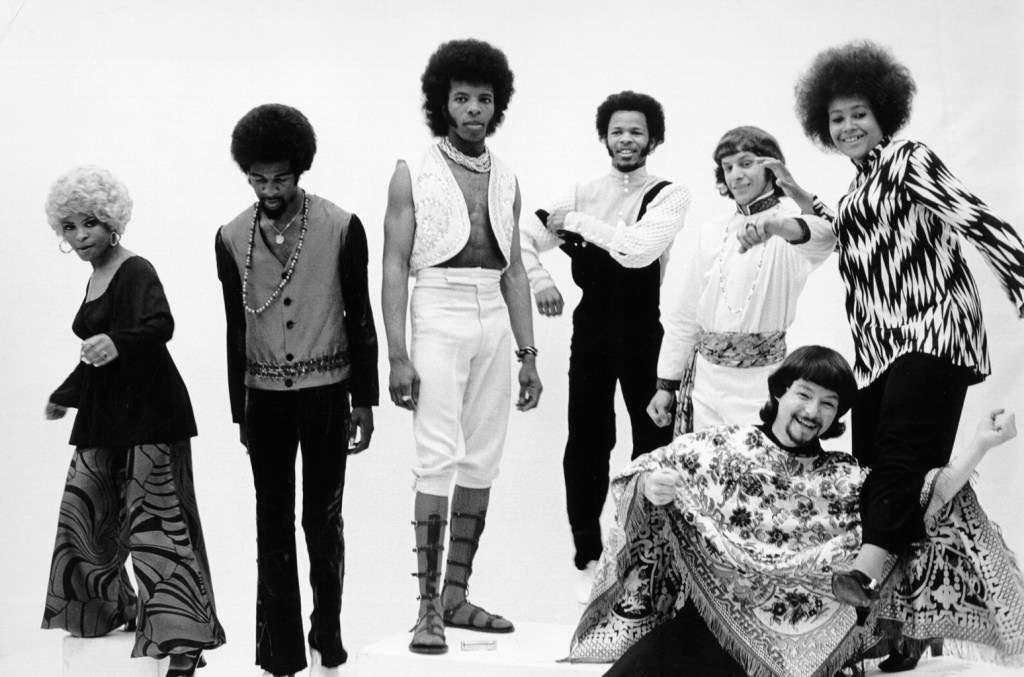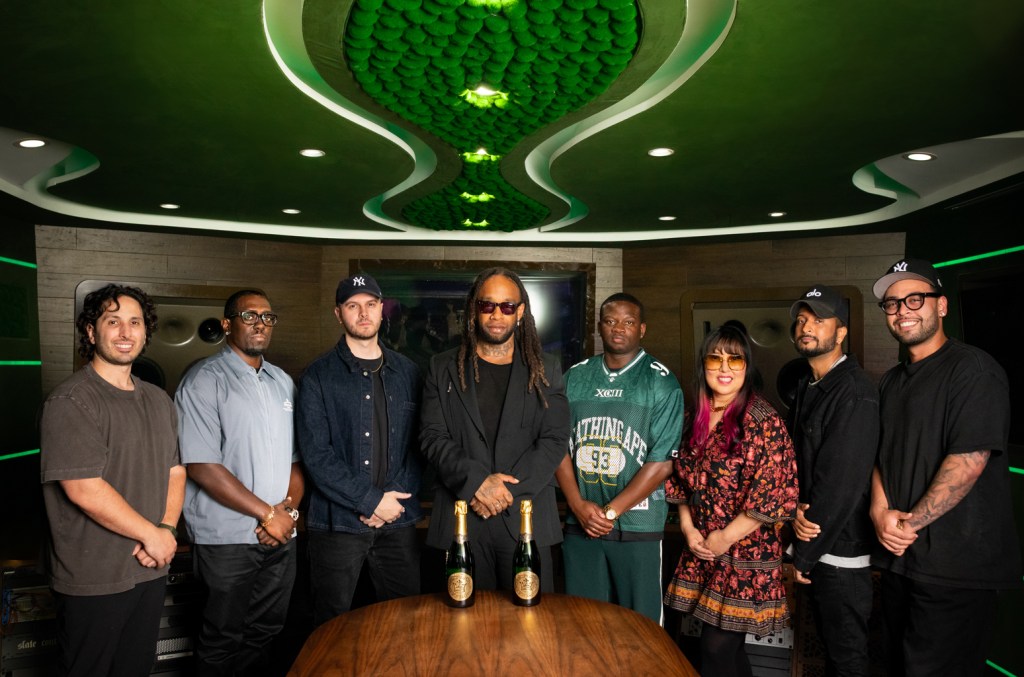Music
Page: 158
Samara Joy is set to receive the Ella Fitzgerald Award at the 2025 Montreal Jazz Festival on June 28 at Maison symphonique, Place des Arts. Joy has won five Grammys in the last three years (from five nominations, for a perfect score so far). She won best new artist in 2023 and has won two awards each for best jazz vocal album and best jazz performance.
Fitzgerald, of course, was Grammy royalty. At the inaugural Grammy ceremony in 1959, she became the first woman to receive an album of the year nomination (for Ella Fitzgerald Sings the Irving Berlin Songbook). In 1967, she became the first woman to receive a lifetime achievement Award from the Recording Academy.
Trending on Billboard
Joy is the 25th winner of the Ella Fitzgerald Award, which is given annually to a talented jazz singer who has had a major impact on the international scene.
Thundercat, Natalia Lafourcade, Christone “Kingfish” Ingram and Duncan Hunter Neale are also set to be honored at the festival, which is officially dubbed the Festival International de Jazz de Montréal.
Thundercat will receive the Miles Davis Award on Tuesday, July 1 at 7:30 p.m. at Salle Wilfrid-Pelletier, Place des Arts. Thundercat is the 30th winner of the award, which pays tribute to a world-renowned jazz artist, their body of work and their innovation in the genre. Thundercat, who has won two Grammys, has in recent years gone from virtuoso bassist to star.
Natalia Lafourcade will receive the Antônio Carlos Jobim Award on Thursday, June 26, and Friday, June 27 at 7:30 p.m. at Salle Wilfrid-Pelletier, Place des Arts. Lafourcade is the 20th winner of the award, which honors artists who stand out in world music. Lafourcade, a four-time Grammy winner, blends traditional Latin American music and contemporary sounds.
Christone “Kingfish” Ingram will receive the B.B. King Award on Thursday July 3 at 7:30 p.m. at TD Stage. “Kingfish” is the eighth winner of the award, which honors a standout artist on the blues scene. “Kingfish,” who won a Grammy in 2022 for best contemporary blues album, is a critically-acclaimed guitarist, singer and songwriter.
Duncan Hunter Neale will receive the Oliver Jones Award on Saturday, July 5 at 6 p.m. at Le Studio TD. This award was created in honor of Oliver Jones, a Montréal jazz icon who has left an indelible mark on the history of the festival. Neale, an emerging trumpeter on the Montréal music scene, is the fifth recipient of the award, which is given to young, university-level musicians who identify as members of visible minorities or Indigenous communities. The Ottawa-born Neale studied music improvisation and composition at McGill University, where he became better acquainted with Black American music and the history of the African diaspora, while reconnecting with his Ghanaian heritage.
The 45th edition of the Festival International de Jazz de Montréal will take place from June 26 to July 5 in the Quartier des Spectacles, which is located in the heart of downtown Montreal. The festival will entail close to 150 indoor concerts and more than 350 free, open-air shows, presented on the Place des Festivals.
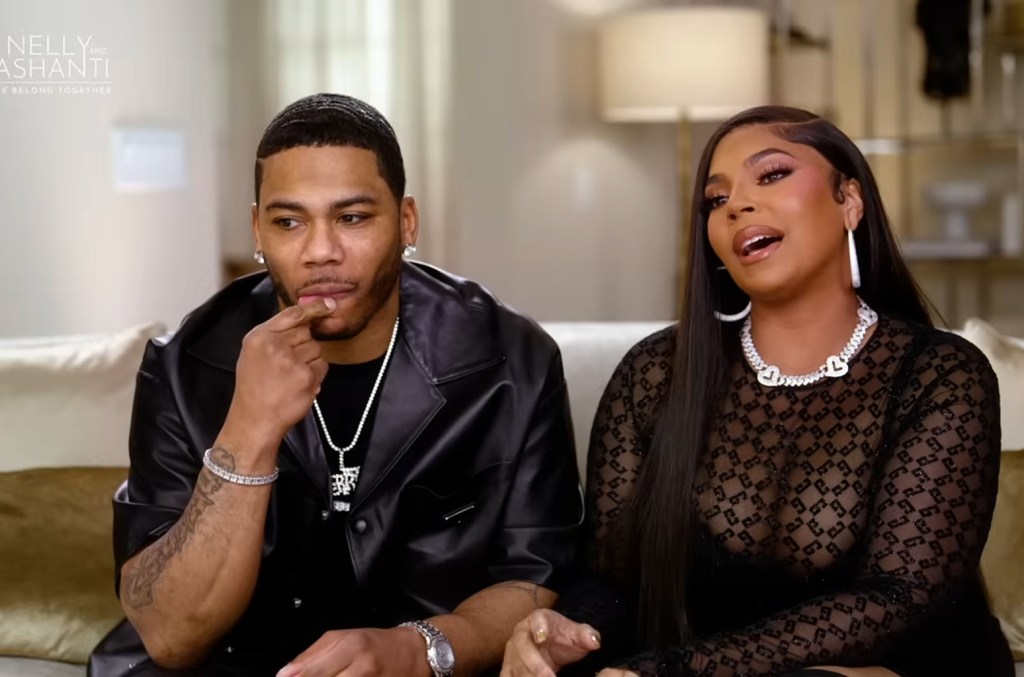
Nelly and Ashanti rekindled their romance in 2023, about 10 years after originally breaking their relationship off. It’s been a busy two years since, with the couple tying the knot and welcoming their son, Kareem “KK” Haynes, in July 2024. The “Body On Me” collaborators are set to pull back the curtain and give fans […]

Selena Gomez took to social media on Thursday (June 12) to wish her little sister, Gracie Elliot Teefey, a happy 12th birthday. “Happy birthday to my baby sissy,” the superstar captioned an adorable slideshow of photos taken over the years with the budding tween — including shots of the sisters dressed in matching costumes at […]
Welcome to Billboard Pro’s Trending Up newsletter, where we take a closer look at the songs, artists, curiosities and trends that have caught the music industry’s attention. Some have come out of nowhere, others have taken months to catch on, and all of them could become ubiquitous in the blink of a TikTok clip.
Explore
See latest videos, charts and news
See latest videos, charts and news
This week: Sly & the Family Stone’s streams are way up following the passing of the group’s iconic bandleader, Coldplay sees a heartbroken deep cut go viral for its frontman’s rumored real-life heartbreak, Beyoncé gets a bump for a song she’s not even playing on tour and more.
Sly & The Family Stone’s Streams Up 563% Following Sly Stone’s Death
The legendary Sly Stone died earlier this week (June 9) at age 82, leaving behind a seismic impact on the worlds of funk, rock and soul. Though sadly brief in his run as a prominent recording artist – the original lineup of Stone’s signature outfit Sly & the Family Stone fell apart within a decade, and Stone became reclusive not long thereafter – his imprint on future generations of artists remains indelible, with a pair of undisputed classic albums (1969’s Stand! and 1971’s There’s a Riot Goin’ On) and countless classic singles.
Trending on Billboard
Unsurprisingly, following his death, fans flocked to streaming services to revisit Sly & the Family Stone’s most beloved works. His catalog combined for 2.5 million U.S. on-demand audio streams over Tuesday and Wednesday, the two days following his death – up 563% from 385,000 streams over the same period the previous week, according to Luminate. Among the most-streamed classics across those two days: “Everyday People” (up 168% to 326,000 streams, following a Cher-and-Future-assisted bump two weeks ago), “Dance to the Music” (up 408% to 174,000) and “Thank You Falettin Me Be Mice Elf Agin” (up 378% to 169,000). – ANDREW UNTERBERGER
Coldplay’s ‘Sparks’ Receives a Streaming Boost Post-Breakup Reports
Last week, news broke that Coldplay’s Chris Martin and actress Dakota Johnson had reportedly called it quits after eight years of on-and-off dating. Although the couple has not publicly commented on the reports, Coldplay has spent the past few weeks playing stadiums as part of their years-long Music of the Spheres tour — and Martin’s performance of the heart-wrenched song “Sparks” during the shows has inspired some post-breakup gawking, and a significant streaming boost.
“And I know I was wrong/ But I won’t let you down/ Oh yeah I will, yeah I will, yes I will,” Martin sings on the track from Coldplay’s 2000 debut Parachutes, which he performs in a stripped-down version on acoustic guitar during the stadium tour. After the band performed for two nights at Las Vegas’ Allegiant Stadium last week and at Denver’s Empower Field at Mile High on Tuesday night (June 10), TikTok clips began to surface focused on Martin’s pained facial expression during the song’s chorus, with one popular clip captioned, “Homie is heartbroken.”
Whether it’s capturing true feelings or just a projection, the viral boost has translated to streaming services, where “Sparks” earned 1.5 million U.S. on-demand audio streams on June 9-10 — a 64% increase from its streaming total during the previous Monday and Tuesday, according to Luminate. We’ll see if the 25-year-old track can keep surging, although Coldplay will play a pair of stadium shows in El Paso this weekend — and many phones will once again be trained on Martin during one of the show’s more emotional moments. – JASON LIPSHUTZ
YG Eyes Comeback Hit with Shoreline Mafia-Assisted “Hollywood”
With their fast-rising new Hollywood single, Cali rap stars YG and Shoreline Mafia (currently comprised of OhGeesy and Fenix Flexin) are looking to keep the West Coast’s Kendrick Lamar-fueled momentum going for the rest of the year.
The new single, which dropped on May 23, appears to be another (more upbeat and danceable) taste of the forthcoming project YG teased with March’s “2004.” Featuring an assist from Shoreline Mafia and bars directed at Joey Bada$$ (“All the pretty hoes gon’ play this/ Joey Bada$$ gon’ hate this”), “Hollywood” is an easy song of the summer contender that’s quickly taken over socials. On TikTok, the official “Hollywood” sound has garnered over 10,000 posts, thanks to the music video’s viral Storm DeBarge-crafted choreography.
According to Luminate, “Hollywood” earned 3.28 million official on-demand U.S. streams in its first full week of release (May 23-29). The following week (May 30-June 5), that figure jumped by 53.5% to just over five million official streams. On the Jun. 14-dated Bubbling Under Hot 100, “Hollywood” debuted at No. 3, a promising sign for the rest of its chart run. Should its growth continue, “Hollywood” could land YG his first Hot 100 entry as a lead artist in nearly three years. – KYLE DENIS
Nearly a Decade Later, Beyoncé’s ‘Lemonade’ Fan Favorite Gets Its Day in the Sun
“All Night,” the sweeping ballad that wraps up Beyoncé’s forgiveness narrative on her blockbuster 2016 Lemonade LP, has been a fan-favorite for nearly ten years. Now, thanks to a viral Cowboy Carter mash-up, it’s become something of a streaming hit.
On April 14, TikTok user @cowboydanny posted a mashup of “All Night” and Cowboy Carter’s “Tyrant,” laying the latter’s lead vocals over the former’s instrumental and drawing a connection between the songs’ shared theme of redemption. The moving mash-up quickly went viral on TikTok amongst the Beyhive, eventually spreading to the platform at-large once the Cowboy Carter Tour kicked off two weeks later on April 28. On TikTok, @cowboydanny’s original post has collected over one million views, while the accompanying sound plays in around 35,000 posts. On YouTube, the creator’s official upload of the mashup boasts nearly 640,000 hits. For the past eight weeks, “All Night” has seen a steady, gradual resurgence on streaming as a new generation of consumers discover the Lemonade visual album for the first time.
During the week of April 11-17, “All Night” earned just under 940,000 official on-demand U.S. streams, according to Luminate. Six weeks later (May 30-June 5), that number ballooned by 76% to over 1.65 million official streams. Even though Beyoncé does not perform “All Night” on the Cowboy Carter Tour (she does, however, perform “Tyrant”), the song is still connecting with listeners and gaining new fans nine years later. – KD

Bruce Springsteen has shared a thoughtful tribute to Brian Wilson, the Beach Boys legend who died this week at the age of 82.
Posted on Instagram Thursday (June 12) — one day after Wilson’s family announced that he had passed away following a difficult battle with dementia — The Boss’ tribute began by calling the late singer-songwriter “the most musically inventive voice in all of pop, with an otherworldly ear for harmony.”
“He was also the visionary leader of America’s greatest band, The Beach Boys,” Springsteen continued. “If there’d been no Beach Boys, there would have been no ‘Racing In The Street.’ Listen to ‘Summer’s Gone’ from The Beach Boys’ last album That’s Why God Made The Radio and weep.”
“Farewell, Maestro,” added the rocker. “Nothing but love and a lovely lasting debt from all of us over here on E Street.”
Trending on Billboard
Springsteen is just one of many living legends who has shared remarks following Wilson’s death. Elton John, Bob Dylan and Carole King have also posted tributes, while several younger stars — Clairo, Gracie Abrams and Maggie Rogers, to name a few — have also paid respects.
Paul McCartney, who inducted Wilson into the Songwriters Hall of Fame in 2000, wrote on Instagram, “Brian had that mysterious sense of musical genius that made his songs so achingly special … I loved him, and was privileged to be around his bright shining light for a little while.”
Springsteen has long maintained his appreciation for Wilson’s work. “There’s no greater world created in rock and roll than the Beach Boys,” the guitarist said in 2021 documentary Brian Wilson: Long Promised Road, according to Far Out. “The level of musicianship, I don’t think anybody’s touched it yet.”
In 2015, Springsteen made a surprise appearance at Wilson’s concert in New Jersey, joining the icon on stage. Two year’s later, Wilson’s official Facebook account shared a photo of the two men together, with the caption: “Bruce Springsteen makes it a point to see Brian when he’s in New Jersey. Here’s Brian and Bruce before tonight’s show at the Count Basie Theatre.”
See Springsteen’s post below.

In collaboration with Billboard, Montauk Yacht Club has announced the return of its Marina Music Series, kicking things off with NEIL FRANCES on June 21 and continuing with Paco Versailles on July 5, with more talent announcements yet to come. Explore Explore See latest videos, charts and news See latest videos, charts and news The […]
Tyler, The Creator opened up about the backlash to his 2015 album Cherry Bomb, saying it was the greatest thing to ever happen to him. In a sit down with Instagram for their new video series “Ask It Anyway,” Tyler opened up about the heavily criticized project. He said it was mostly a consequence of […]
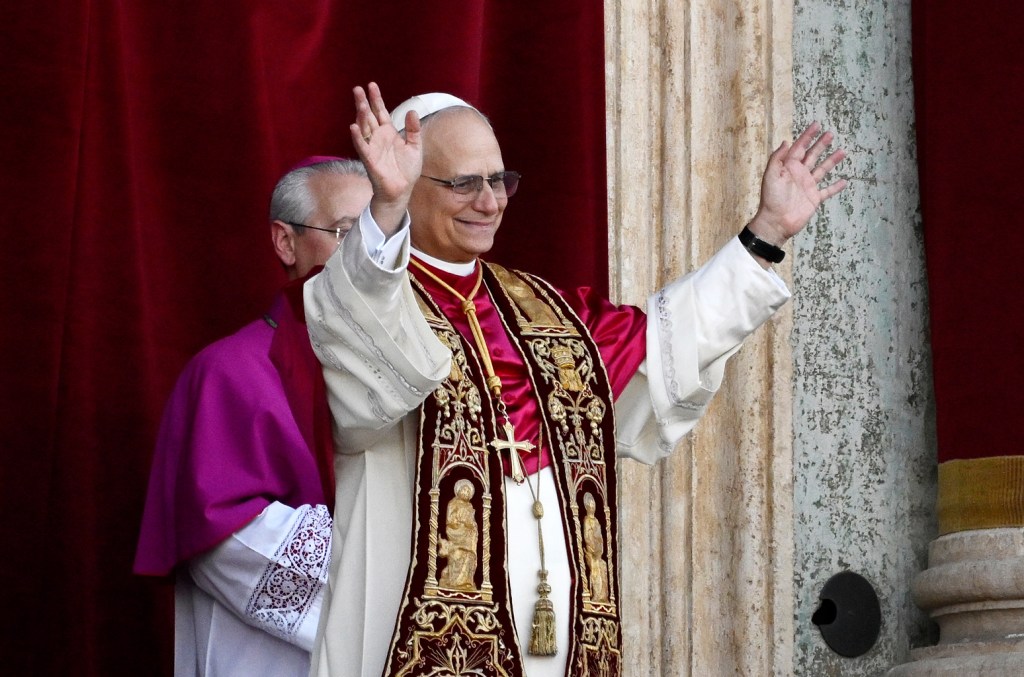
Holy pop! According to a new deep dive published by The New York Times, the newly named Pope Leo XIV is related to two of pop music’s biggest names: Madonna and Justin Bieber.
In assembling a detailed family tree for the Chicago-born religious leader — who was elected the new head of the Catholic Church in May following the death of Pope Francis — the publication found that Leo is distantly linked to the two singers through a shared ancestor born about six generations back.
Trending on Billboard
“Through one Canadian ancestor, Louis Boucher de Grandpre, who was born in Trois-Rivières, Quebec, the pope is related to numerous Canadian-derived distant cousins,” the explainer reads.
In addition to the “Baby” singer and the Queen of Pop, the same ancestor also links the Pope to Justin Trudeau, Angelina Jolie, Hillary Clinton and Jack Kerouac, according to the publication.
Of all those famous names, Madge’s inclusion is arguably the most ironic. The icon has been criticized by the Vatican on numerous occasions, most famously after she released her 1989 “Like a Prayer” music video, which featured a make-out sesh with a sexy Jesus figure. In 2022, she hilariously tweeted at Pope Francis asking to “meet up one day to discuss some important matters,” adding, “I’ve been ex communicated 3 times. It doesn’t seem fair.”
Now that she and the Pope are family, however, Madonna — who is Italian and grew up Catholic — might have a better shot.
As for Bieber, the “Peaches” singer has long been open about being religious, telling fans in 2021 that he is a member of the Christian church Churchome. In recent weeks, Bieber has made references to his faith while sharing cryptic posts on Instagram, telling fans on June 3, “Who are you to tell someone what someone should or shouldn’t have … God decides what we deserve.”
The Pope formerly known as Cardinal Robert Francis Prevost was put in charge in early May after a two-day conclave. He is the first American to ever assume the position in the Catholic Church’s nearly 2,000 years of existence.
Ty Dolla $ign‘s EZMNY Records and Create Music Group announced a joint venture on Thursday (June 12) following the success of EZMNY R&B artist Leon Thomas. Co-founded with Shawn Barron, who signed Ty to Atlantic Records in 2012, EZMNY made waves earlier this year after signing Thomas, whose single “Mutt” continues to climb the charts. […]

The L.A. raids coupled by the Trump administration’s immigration policies have sent shockwaves through the Latin music world and beyond, bringing cultural and political tensions to the forefront. From abrupt visa issues disrupting major touring schedules from Mexican stars like Julión Álvarez and Grupo Firme, to Donald Trump’s deployment of 2,000 California National Guard to […]

 State Champ Radio
State Champ Radio 